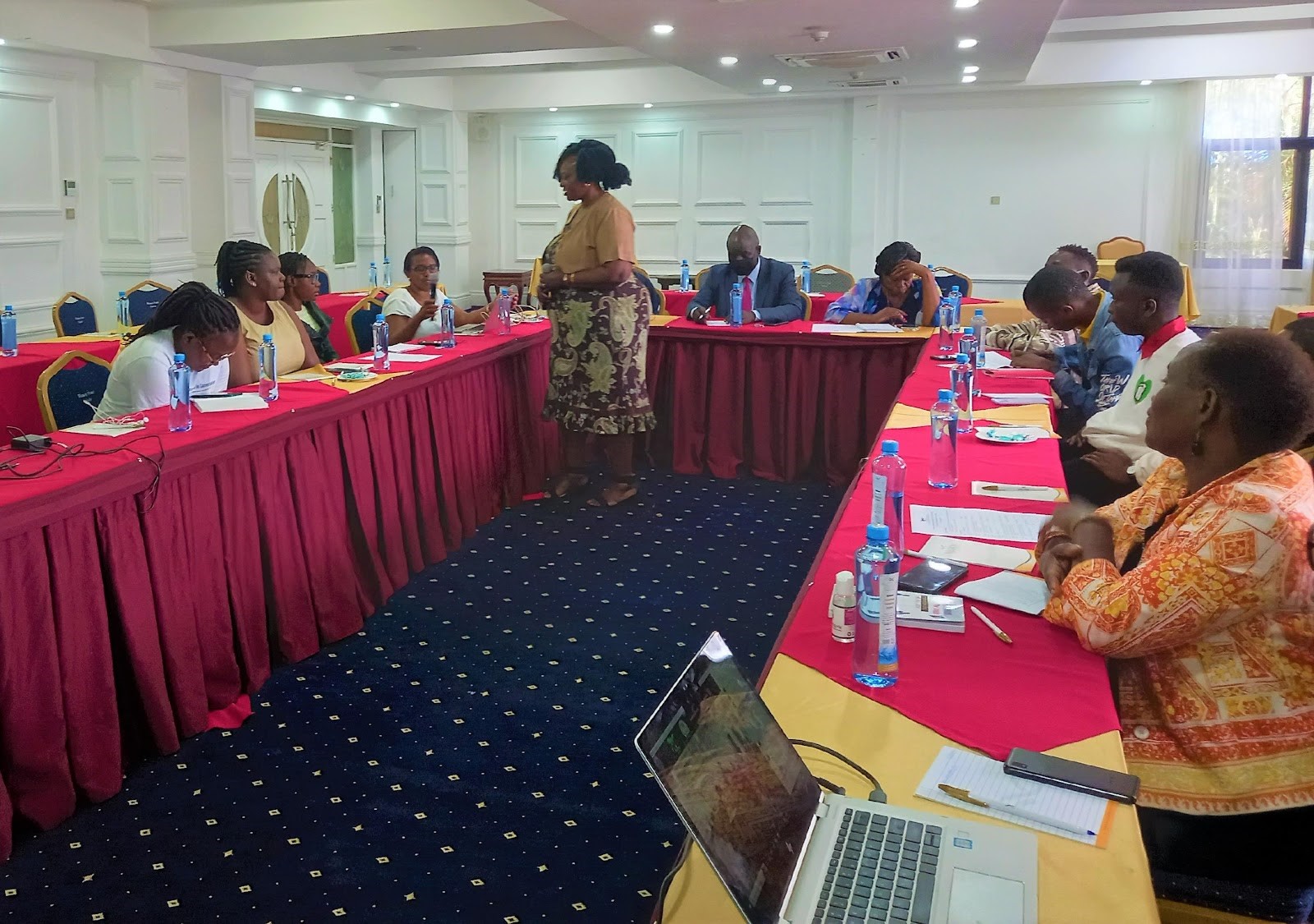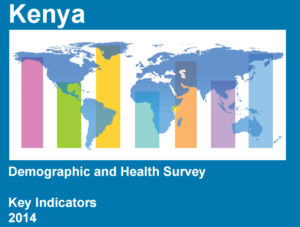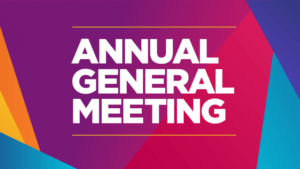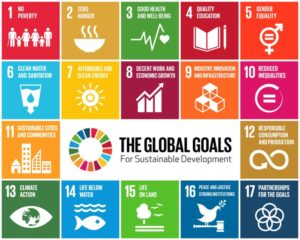Kenya HIV Prevention Coalition Accountability Project.
June to December 2022

Introduction
In 2017, a global coalition of United Nations Member States, donors, civil society organizations and implementers was established to support global efforts to accelerate HIV prevention. Membership includes the 25 highest HIV burden countries, UNAIDS Cosponsors, donors, and civil society and private sector organizations. The overarching goal of the Global HIV Prevention Coalition is to strengthen and sustain political commitment for primary prevention by setting a common agenda among key policy-makers, funders and programme implementers.
Kenya signed to the Global HIV prevention coalition targets to reduce new HIV infections by 75% by 2020. Kenya however did not manage to realize the target but is determined to end AIDS epidemic by 2030. Despite efforts that have been made to reduce the number of new HIV infections, more needs to the done to bring down the numbers among adolescents and young people.
The civil society organizations are a key partner in the achievement of Global HIV prevention coalition targets. Therefore, HENNET convened meetings with key CSO organizations who implement HIV prevention programs in Kenya to discuss accountability mechanisms based on the coalition targets launched by UNAIDS at the IAS conference in Montreal, Canada in June 2022.
This project was funded to LVCT by Frontline Aids and because of the critical role that HENNET plays in coordinating Civil Societies, LVCT saw it fit to sub-grant HENNET to implement CSO consultative activities.
Achievements
In collaboration with a wide range of CSO in HIV implementation programs, HENNET developed milestones for the 10 Country actions proposed by UNAIDS. The Kenya CSO HIV milestones were then disseminated to CSOs and NSDCC.
The 10 UNAIDS country action points include;
- Assess HIV prevention programme needs and barriers
- Develop national HIV prevention 2025 targets
- Determine investment needs for adequately scaled HIV prevention responses
- Reinforce HIV prevention leadership
- Strengthen community-led HIV prevention services
- Remove social and legal barriers to HIV prevention services
- Promote the integration of HIV prevention into essential related services
- Set up mechanisms for the rapid introduction of new HIV prevention technologies
- Establish programme monitoring systems with regular reporting
- Strengthen accountability of all stakeholders for progress in HIV prevention
Challenges
Inconsistent participation by members of the core team was a challenge. One participant from an organization would attend a meeting and then another attends the following hence affecting flow of ideas and deliberations on different agendas. HENNET was keen to share event reports to all participants that attended consultations and those that didn’t to manage the inconsistency.
NSDCC conducted county consultative meetings and is developing a 5year HIV management strategic framework of which HIV implementing CSO feel they have not been adequately involved. Therefore, HENNET and other CSOs made a key ask to NSDCC to share reports of the consultations and involve them in progressive engagements including the launch of the Action Plan.
Lessons Learned
PEPFAR funding for HIV in Kenya has been decreasing yearly as below
- $570 million in 2017
- $500 million in 2018
- $370 million in 2019
- $365 million in 2021
Advocacy is needed now more than ever for the Kenyan government to increase local HIV funds to cover the increasing deficit. The decrease in funding is progressively translating into increasing number of infections.




